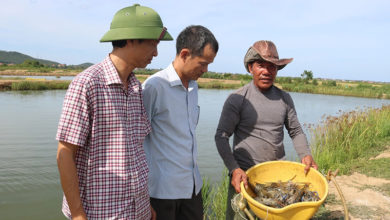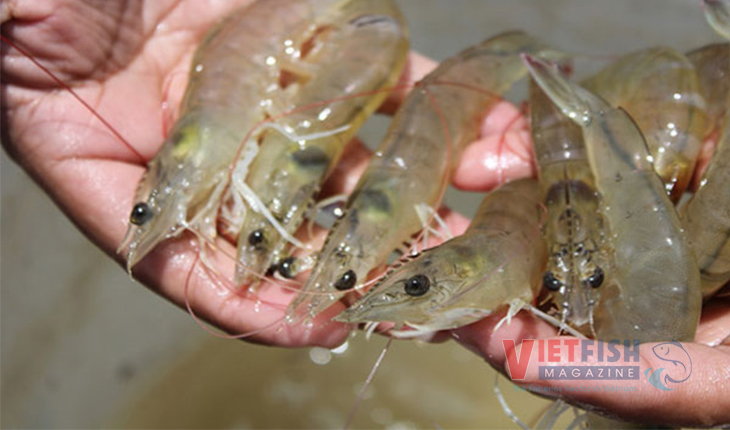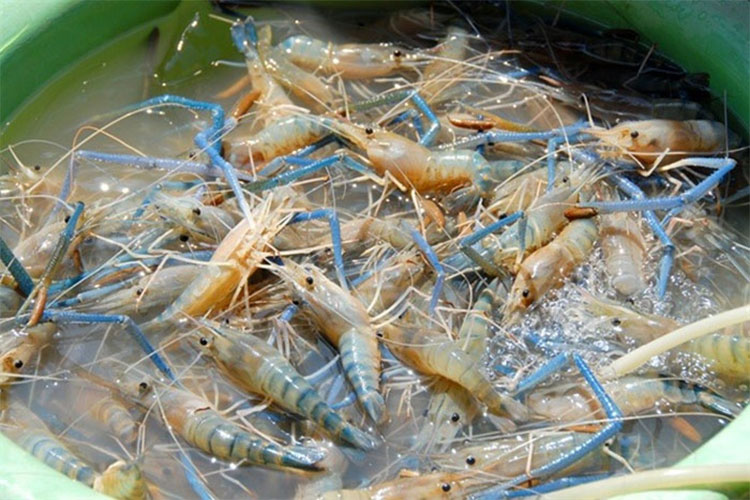Yen Bai Many households earn hundreds of millions of VND annually from cold-water fish farming
Effectively utilizing natural potential
Many households in Van Yen District, Yen Bai, have capitalized on the region’s natural advantages to develop sturgeon farming, generating annual incomes in the hundreds of millions of VND.Thanks to favorable water sources and climate conditions, local farmers have successfully tapped into these resources to establish cold-water fish farming models. One outstanding example is Nguyen Thi Lan’s sturgeon farm in Lang Bang Hamlet, Dai Son Commune, Van Yen District.

In 2022, after researching large-scale sturgeon farms in Sa Pa (Lao Cai), Lam Dong, and Son La, Lan started her own commercial sturgeon farming business, raising both market fish and fingerlings.
“To successfully raise sturgeon, water quality is the most crucial factor. The optimal water temperature for their growth is between 18-21°C, with a suitable pH level. Sturgeon prefer a gentle water flow, which ensures sufficient oxygen for respiration. Additionally, continuous water flow helps remove waste and leftover feed, preventing the accumulation of harmful substances. This significantly reduces water pollution and disease risks,” Lan shared.
Alongside commercial farming, she also ventured into fingerling production, both for her own farm and to supply to other farmers within and beyond the province.
According to Lan, sturgeon are a sensitive species, especially in their early stages. Newly hatched sturgeon larvae (5-7 days old) are highly delicate, requiring clean water, high oxygen levels, and stable temperatures for survival. Farmers must closely monitor water quality and adjust feeding regimes to ensure healthy development. After approximately 45 days, the larvae grow into fingerlings (7-10 cm), ready to be transferred to larger ponds or tanks for further care.
“Currently, our farm raises about 40,000-50,000 fish annually, yielding an estimated 100-120 tons of commercial sturgeon. After a year of care, each fish weighs around 2.5-3 kg, selling for 180,000-220,000 VND/kg. We also produce 700,000-800,000 fingerlings per year. After deducting costs, our annual revenue reaches approximately 10-15 billion VND,” Lan said excitedly.
Recognizing the economic benefits of sturgeon farming, many households in the commune have started purchasing fingerlings and learning farming techniques from Lan. As a result, numerous families have escaped poverty and achieved stable incomes.
Escape poverty and secure stable incomes
In the past, residents of Dai Son Commune mainly relied on traditional farming and livestock raising, which provided unstable incomes and was heavily dependent on weather conditions. However, after switching to sturgeon farming, many families have seen their earnings multiply several times over. Each household can now generate hundreds of millions of VND annually from farming and selling commercial sturgeon.
Chao Lao Ta, a farmer from Lang Bang Hamlet, Dai Son Commune, shared: “In recent years, several large farms, including Lan’s, have invested in sturgeon farming here. Seeing its potential, I and other villagers began learning techniques, purchasing fingerlings, and starting our own farms. However, sturgeon farming is far more challenging than raising traditional local fish. We had to continuously acquire new knowledge about care techniques and disease management to maintain high survival rates. Thanks to this experience, our fish now grow well, providing us with stable incomes. Many families in our hamlet earn hundreds of millions of VND per year, significantly improving their living conditions.”
Dai Son is one of the most economically disadvantaged communes in Van Yen District, with over 75% of the population belonging to the Dao ethnic group. Previously, more than 40% of households were classified as poor, but this rate has now dropped sharply to just 8%. A remarkable example of this progress is Lang Bang Hamlet, home to 87 households and over 300 residents. In the past, only eight families had escaped poverty, but today, that number has risen to 61, thanks to concerted efforts by both the local government and residents to develop the economy, particularly through sturgeon farming.
Dang Ton Sinh, Vice Chairman of the Dai Son Commune People’s Committee, noted: “In addition to large farms, more and more households are joining the sturgeon farming sector. Recognizing its high economic value, some families have even expanded their farms to neighboring communes. The growth of this industry has not only increased household incomes but also significantly improved living standards, especially for disadvantaged families. Moreover, it has spurred investments in rural transportation infrastructure, helping Dai Son achieve new rural development goals by the end of 2023.”
“Sturgeon thrive in clean, unpolluted water. Moving forward, the commune will continue raising awareness among residents about forest and water resource protection, ensuring optimal conditions for sustainable sturgeon farming,” Sinh emphasized.
VFM






